By Brent Vaughan
Charter boat ownership is a great way to accelerate buying your dream boat, profit from strong demand in the tourism industry and provides a fully managed solution to boat ownership while you are still busy working and with family commitments.
So once you find a boat that will satisfy AMSA survey requirements, a charter company that will offer returns and look after your boat, the third consideration is how to pay for it. Now cash is obviously the cheapest form of finance, but seeing the boat will become essentially an asset of a business, it’s logical to consider financing a solid portion via a loan.
So the next cheapest form of finance is using equity from your home or restructuring your home loan to take advantage of the lower interest rates and longer payment terms then commercial leases.
John Eldick from Sum Plus Mortgage Brokers recently gained a 30 year loan from one of our customer’s with a new Seawind 1260 charter catamaran.
With the loan releasing or securing finance against equipty in a property, it has the added flexibility to make progress payments in the case that the boat is being built new or overseas.
The next alternative and very common option on charter boats is a Chattel Mortgage, which is a mortgage over a moveable item. This typically involves a 5 year lease with a 40% balloon payment. After 5 years you either pay out the balloon payment and go sailing, or refinance for another five years to buy you more time.
Mark O’Donoghue from Finlease Australia has helped finance dozens of charter boats in Australia and considered an expert in charter boat finance in Australia, “There are four key points that our financiers will need to know about you to provide finance,” said Mark, “they include your capacity to meet repayments based on your personal income, your tangible net worth including a mixture of equity in property and investments, a good credit history and stable employment and income.”
Interest rates through a Chattel Mortgage are obviously a little higher, as are the repayments due to the shorter length of the loan, so it helps if you can inject some cash into the boat and reduce the overall debt in the boat. It is important to have a means to access cash also if you are buying a new boat with progress payment.
“Typically people access funds from a redraw facility on their home loan to make progress payment,” explains Mark, “then the finance pays out as soon as the financier can inspect the boat on arrival in Australia.”
“It is not uncommon to see charterboat buyers having a combination of a property redraw facility and a dedicated boat loan where a portion of the boat is paid for via the property redraw facility and a portion funded through a chattel mortgage.”
While its never been a better time to consider a new charter boat thanks to the overwhelming demand for new boats and lack of available inventory in the market, finance flexibility is tightening up thanks to the Royal Commission, so it pays to talk to an expert in this area before you walk into your local banking branch cap in hand and hope for the best.
For further information contact:
John Eldick – Sum Plus Mortgage Brokers | 0405 087 931 |
Mark O’Donoghue – Finlease Australia | 1800 352 620 |
Brent Vaughan – Multihull Central | 0418 670 751 |







